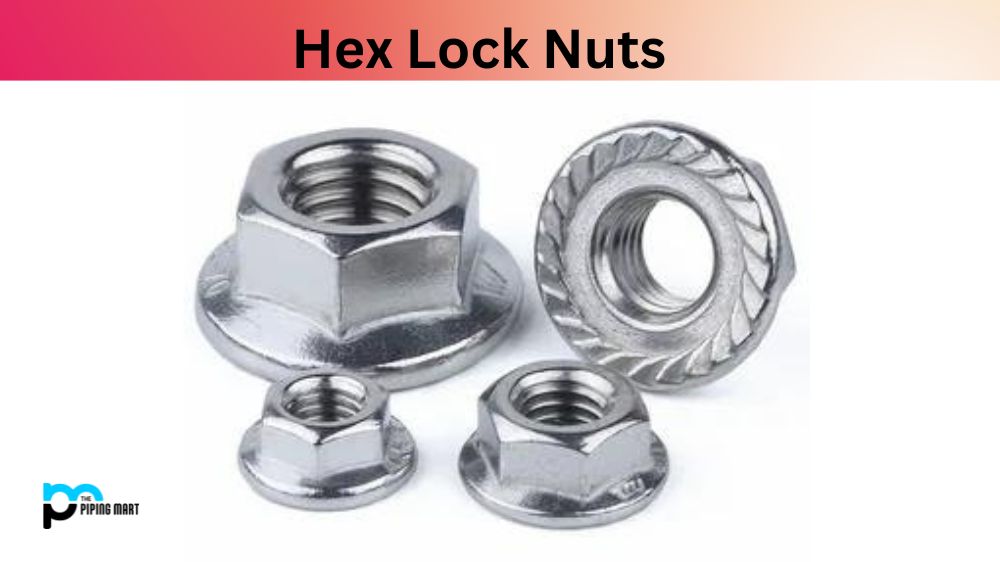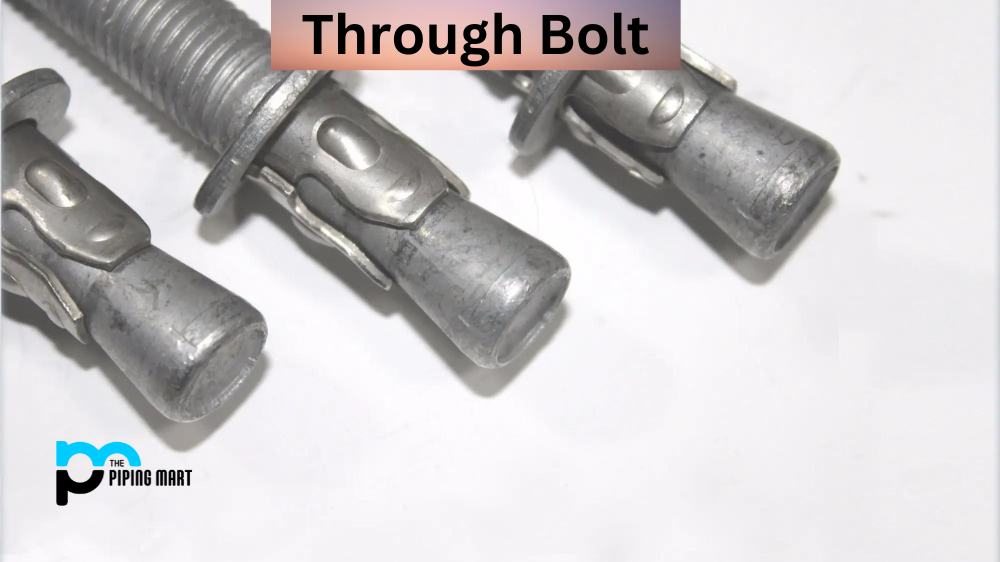Hex lock nuts are important fasteners that come in handy for several applications. They are specifically designed to provide better security to threaded fasteners and protect against loosening. Whether you are an industrial manufacturer, a maintenance engineer, or a DIY enthusiast, understanding hex lock nuts is essential for successful installation and optimal equipment performance. In this blog post, we will take you through hex lock nuts’ dimensions, properties, and uses.
What is Hex Lock Nut?
A hex lock nut, also known as a hexagon thin or jam nut, is a type of fastener used in industrial and automotive applications. It features six sides for increased surface area contact, which locks parts with greater torque than regular nuts. It is often used when required for vibration isolation or tampering and loosening prevention. These nuts come in several sizes and material grades to suit individual needs.
Hex Lock Nut Dimensions
| Diameter | Pitch | Depth of Nut | Across Flats |
| M2 | 0.4mm | 1.2mm | 4.0mm |
| M2.5 | 0.45mm | 1.6mm | 5.0mm |
| M3 | 0.5mm | 1.8mm | 5.5mm |
| M4 | 0.7mm | 2.2mm | 7mm |
| M5 | 0.8mm | 2.7mm | 8mm |
| M6 | 1.0mm | 3.2mm | 10mm |
| M8 | 1.25mm | 4.0mm | 13mm |
| M10 | 1.5mm | 5mm | 17mm |
| M12 | 1.75mm | 6mm | 19mm |
| M14 | 2mm | 7mm | 22mm |
| M16 | 2mm | 8mm | 24mm |
| M18 | 2.5mm | 9mm | 27mm |
| M20 | 2.5mm | 10mm | 30mm |
| M22 | 2.5mm | 11mm | 32mm |
| M24 | 3.0mm | 12mm | 36mm |
| M27 | 3.0mm | 13.5mm | 41mm |
| M30 | 3.5mm | 15mm | 46mm |
| M33 | 3.5mm | 16.5mm | 50mm |
| M36 | 4mm | 18mm | 55mm |
| M39 | 4mm | 19.5mm | 60mm |
| M42 | 4.5mm | 21mm | 65mm |
| M45 | 4.5mm | 22.5mm | 70mm |
| M48 | 5mm | 24mm | 75mm |
| M52 | 5mm | 26mm | 80mm |
| M56 | 5.5mm | 28mm | 85mm |
| M60 | 5.5mm | 30mm | 90mm |
Hex Lock Nut Properties
Hex lock nuts come with various properties, making them the perfect choice for various applications. These include their ability to resist vibrations, high torque, and loosening. Hex lock nuts feature a tapered design that creates tension between the nut and bolt to prevent unwanted movement. Additionally, they are typically coated with various materials to protect against corrosion and damage from harsh environmental conditions.
Hex Lock Nut Uses
Hex lock nuts are used in various applications, from automotive to aerospace to electrical and plumbing installations. They are commonly used in machinery and equipment with high vibration levels, such as generators, engines, and heavy-duty construction equipment. Additionally, they are used in applications where safety is paramount, such as aeroplane engines, bridges, and towers.
Hex Lock Nut Installation
Installing hex lock nuts is a simple process that requires a few basic tools. Ensure that the threaded bolt or screw is the right size and shape for the nut. Once you have the right nut, screw it in place and tighten it using a wrench or pliers. Apply moderate force to secure the nut, but avoid overtightening as this might damage the threads and weaken the joint.
Hex Lock Nut Maintenance
Hex lock nuts require minimal maintenance to ensure their optimal performance. Regular inspection is necessary, especially if the equipment is used in harsh environmental conditions. Check for any signs of corrosion, damage, or loosening. If you notice any issues, immediately replace the nut to prevent further damage.
Conclusion:
In conclusion, hex lock nuts are essential fasteners in various applications to provide secure and reliable joints. They come in various sizes, dimensions, and properties, making them suitable for different applications. Installing a hex lock nut is straightforward, and it requires minimal maintenance. If you plan to use hex lock nuts for your equipment or machinery, choose the right size and material for optimal performance.

Pipingmart is a B2B portal that specializes in metal, industrial and piping items. Additionally, we share the latest information and information about materials, products and various types of grades to assist businesses that are involved in this business.




